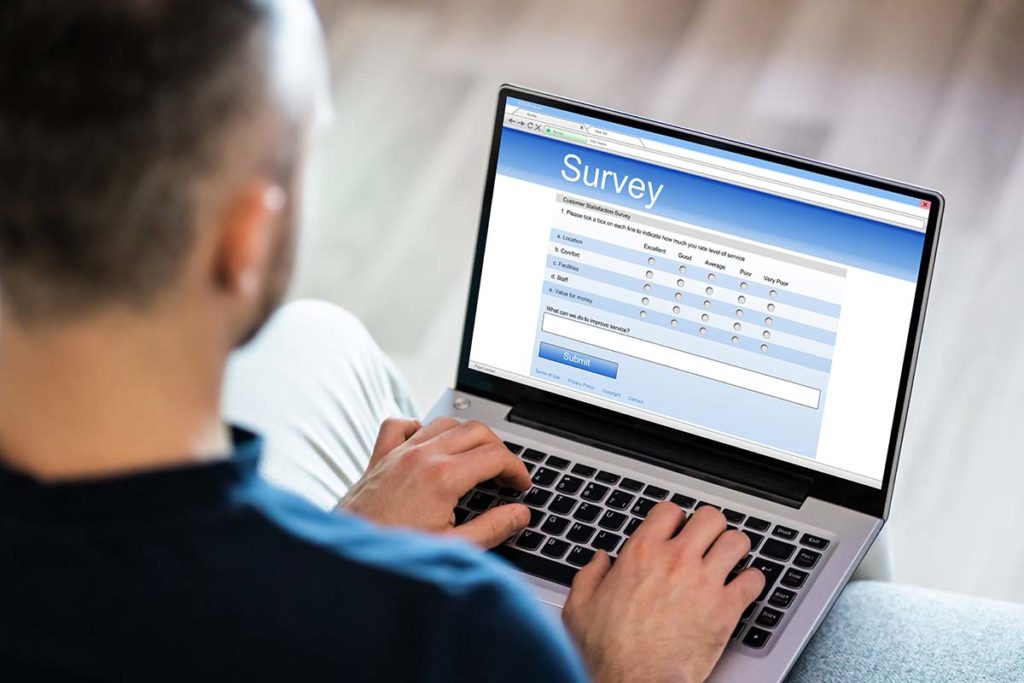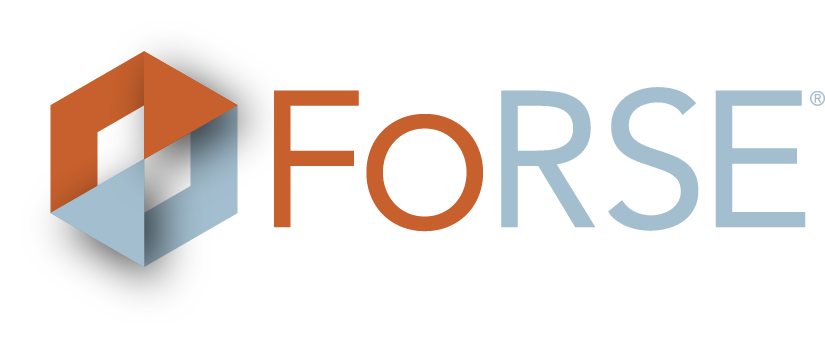Substance abuse treatment depends largely on the client’s openness to therapy and honesty throughout treatment and aftercare. Although many people benefit from structured recovery programs, ultimately, drinking or using drugs is an individual decision.
Treatment programs can be more successful when they incorporate an element of accountability and strategies for personal responsibility.
A Brief Addiction Monitor (BAM) assessment can help counselors and clients measure their usage and cravings for substances as well as their participation in elements of recovery, such as in person and telehealth therapy or support groups.
The BAM is a self-reporting questionnaire that covers people’s overall mental and physical health in sobriety programs.
As a component of our medical record module, Sunwave includes a reportable BAM assessment. When your clinical team is retesting patients every 7 days, Sunwave allows you to track each patient and how their Protection From Use is rising, Risk from Use is decreasing, and ultimately the Use is stopping, indicating optimal results.
Sunwave will show if a client is not moving in the direction they are supposed to be moving in, rather their Protection is decreasing, or Risk is increasing, allowing you to take action immediately before the client is in danger of Use.
With Sunwave, you can track BAM metrics and associate the results with a particular clinician, which allows you to have insight into the possibility that a clinician seems to have a trend of Risk increases and may need to reevaluate how they are treating
What is the BAM questionnaire?
The BAM is a 17-question interview for people in substance use disorder (SUD) treatment, intended to be administered in a clinical setting with an addiction therapist or through a client’s independent self-report.
It asks about the client’s behavior and thoughts from the last 30 days, focusing on three key areas of SUD:
- Triggers or causes of substance use (risk factors)
- Sobriety support elements (protective factors)
- Drug or alcohol use (use score)
The items on the questionnaire were selected because of their existing presence in regular and alternative substance abuse treatment or as part of an empirical determination as to their relevance to continued sobriety or contributing to relapse.
Each item on the questionnaire is valued between 20-30. The use score is determined from 0-90, and the protective and risk factors are scored from 0-180.
The client’s score can quantify their improvements or challenges. It may also help addiction recovery centers refer a client to a different level of treatment, either moving from outpatient to inpatient or indicating they may be ready to move to a less restrictive form of treatment.
Does the BAM help with addiction recovery?
For many addiction counselors, quantifying a client’s journey toward sobriety can be an important factor in their treatment recommendations.
The questions are designed to help clients hold themselves accountable and be mindful of how they feel each day, empowering them to spot triggers for use or emotions that may enhance cravings.
One study, which focused on the psychometric properties of the BAM, noted that BAM scores offered a correlation between predictive treatment completion and dropout rate.
The second study noted evidence supporting the use of individual BAM items, although it found that the BAM lacked a reliable factor structure.
A third study, conducted using BAM scores obtained through a weekly self-reporting assessment from clients’ smartphones, found that the scores significantly predicted relapse status within a week of the evaluation, with accuracy over an 8-month period.
The study noted that the end-users (treatment counselors) should look at the individual responses to BAM questions rather than the overall score, as these responses may have a more direct implication for treatment planning.
Each response may identify specific areas where a client lacks sobriety support or may identify certain risk factors in their life.
How can addiction treatment centers best use the BAM?
Based on the results of these studies, treatment centers may consider the BAM to be useful in three ways.
First, the overall score may set the threshold for different levels of treatment, assigning a score range for inpatient treatment, outpatient day treatment, weekly counseling sessions, or accommodations in a sober living facility.
Assigning a numerical value to each course of treatment can make it easier to assign patients to the correct type of care and make it easier for clients to pay for treatment through insurance.
Second, the individual questions can give counselors insight into the specific challenges each client faces with sobriety. Certain lifestyle risk factors can be addressed in treatment sessions, for example.
And finally, addiction treatment centers can use the aggregate BAM scores to craft reports for the executive staff or measure the current status of program success and longitudinal, individual patient-level data.
Is BAM information considered to be part of my client’s medical records?
Information shared as part of a BAM assessment is legally protected under the Health Information Portability and Accountability Act (HIPAA) and is therefore confidential. It can be stored in your client’s medical chart and considered part of their treatment assessment.
As a counselor or treatment planner, you can use BAM information to structure each client’s treatment plan like a doctor would use a patient’s chart to plan treatment.
Some insurance companies may ask for BAM information to authorize patient treatment sessions or encourage patients to continue participating in insurance cost-sharing programs.
How can the BAM help my clients?
The BAM is a flexible tool intended to help addiction treatment centers with appropriate client monitoring protocols. It allows clients and therapists to monitor progress in sobriety and recognize specific patterns that can lead to relapse. It also helps treatment centers develop overall treatment plans for clients based on aggregate results and motivations.
When assessed via a behavioral health platform such as Sunwave, the BAM is a key component of a patient’s care plan and path towards recovery.



